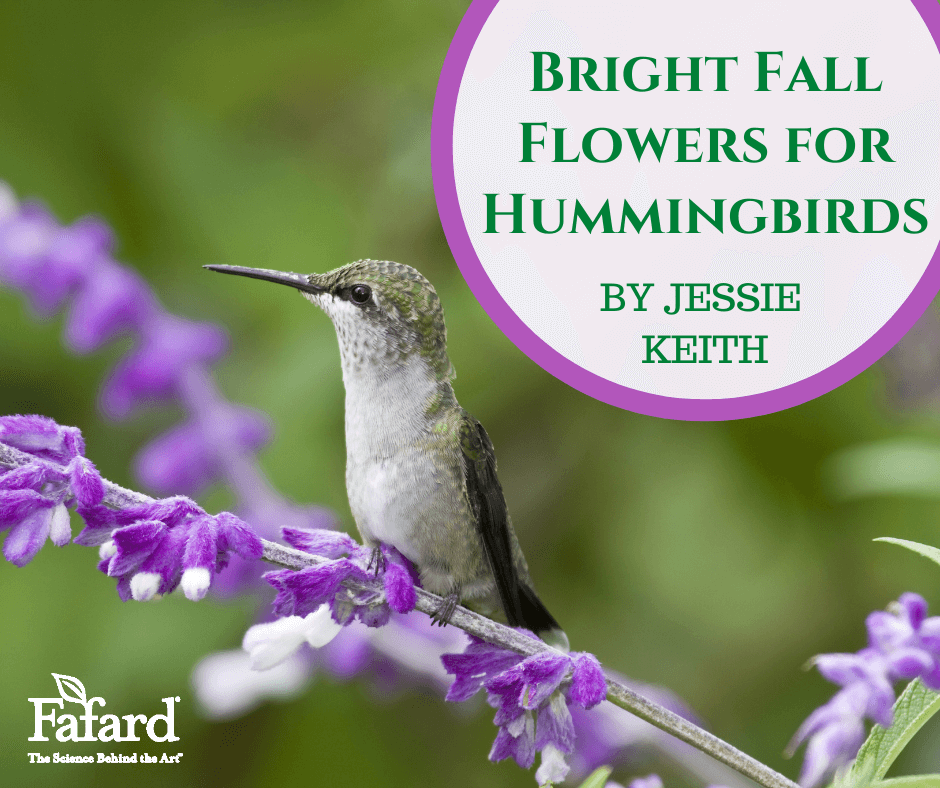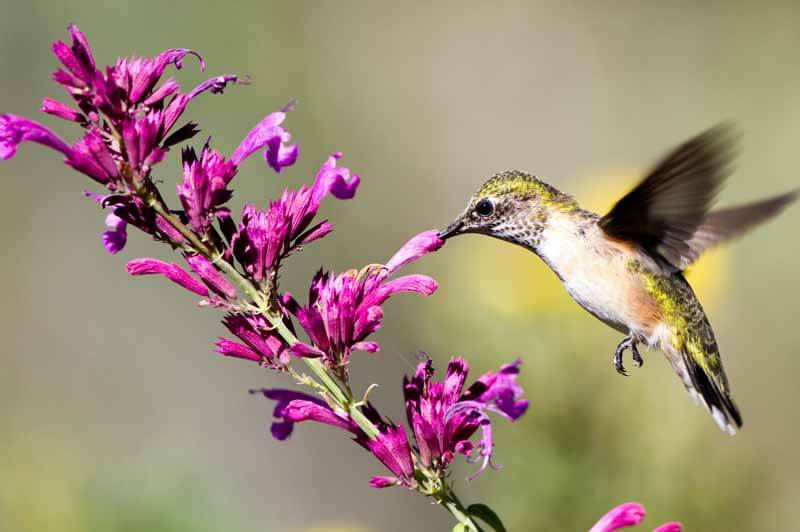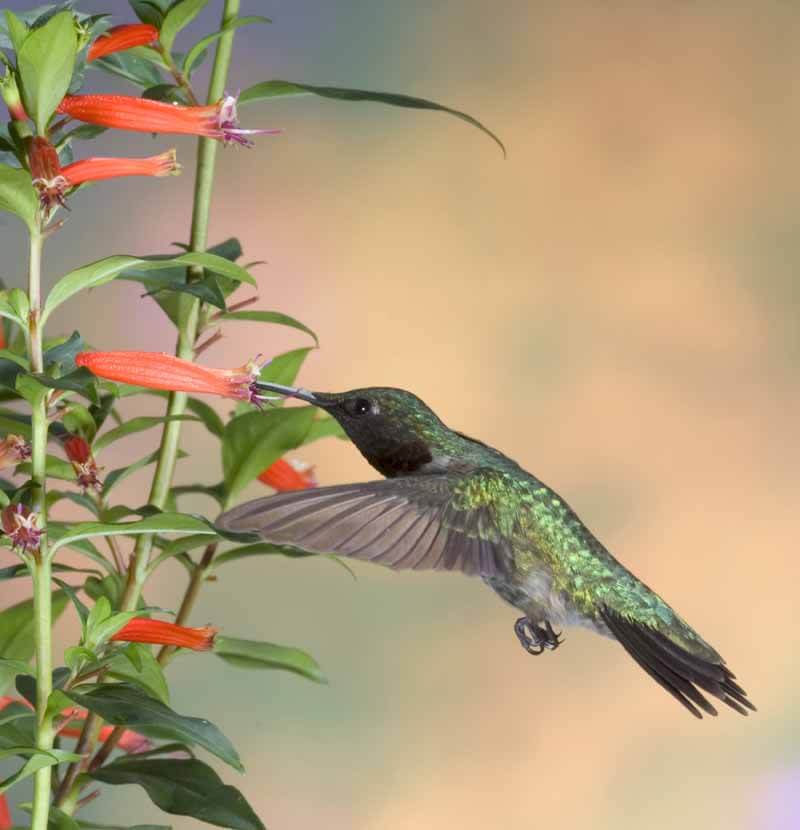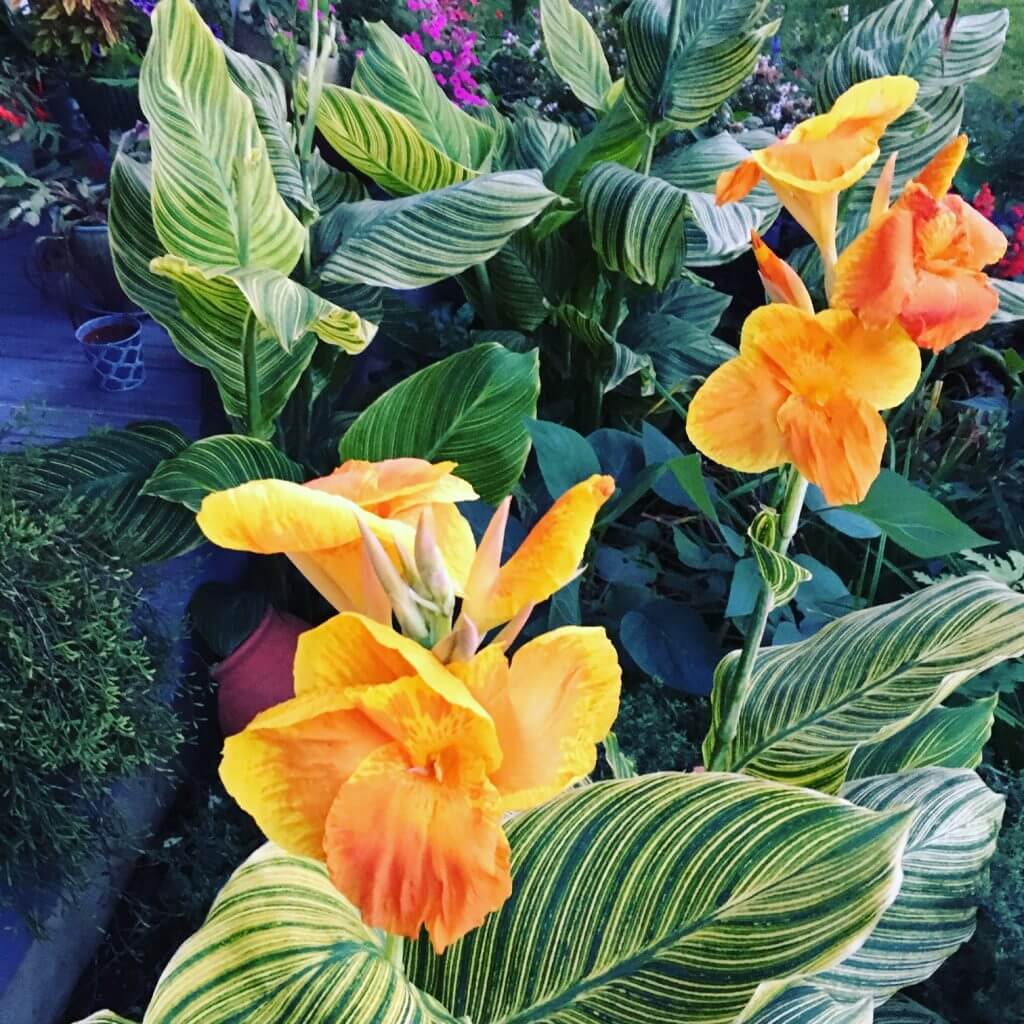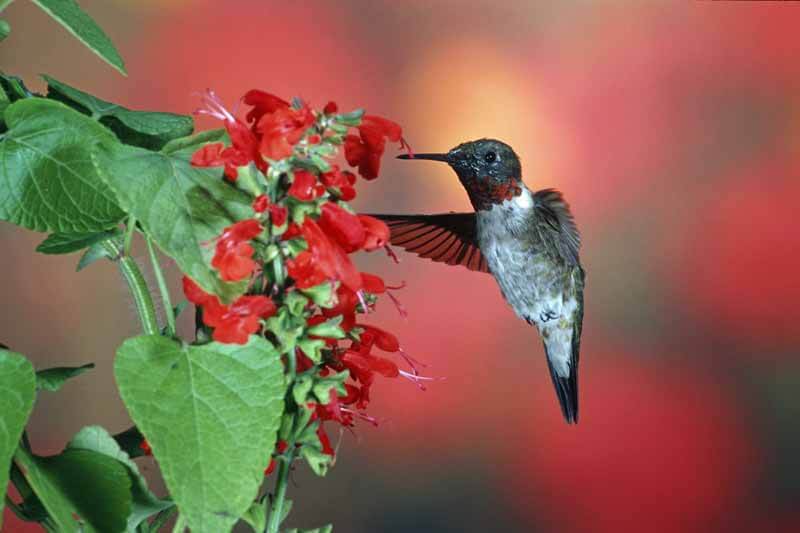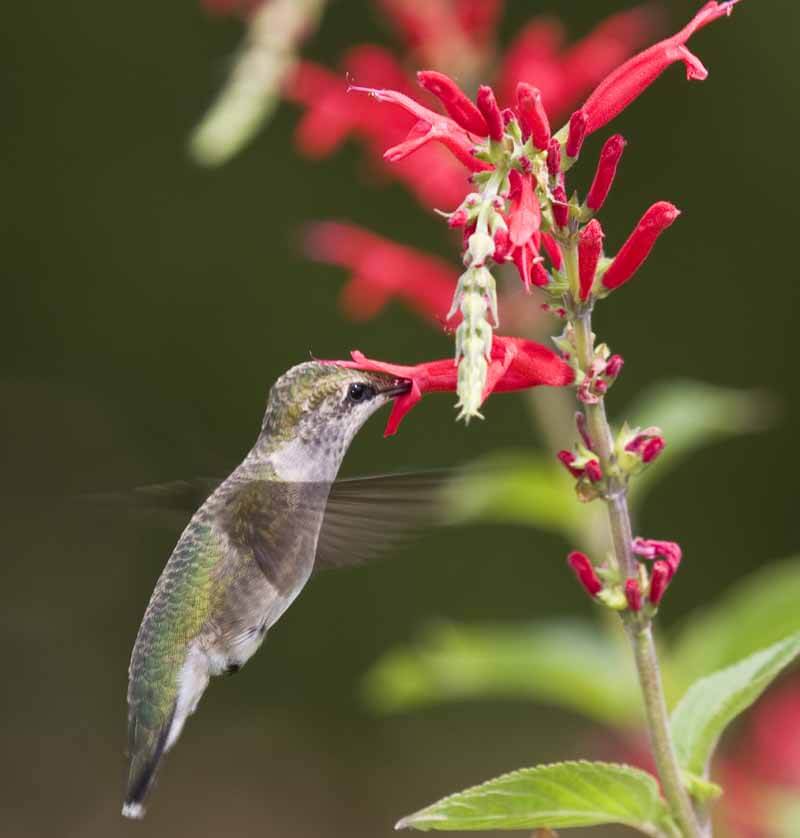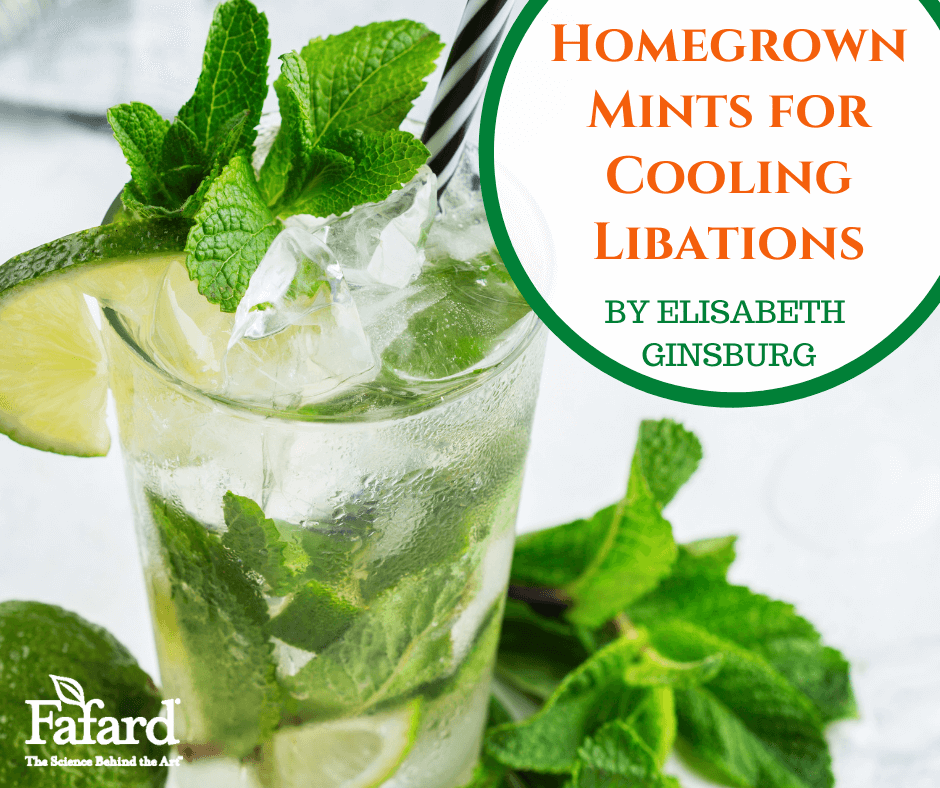
Parched summer palates demand refreshments that are icy cold, wet, and flavorful. For sophisticated adult palates, the mojito, a classic Cuban cocktail, and the julep, beloved in the American South, check all the right summer boxes. Mint, muddled or crushed with sugar prior to the addition of liquid ingredients, adds distinctive flavor notes to these drinks.
But, which mint is best for an authentic mojito or traditional julep? The Mentha genus is large and full of popular varieties and hybrids. That kind of abundance is a blessing for cooks and cocktail makers, but it can also be daunting. The mints below are the best choices for these fabled libations.
The Mojito: A Taste of Havana
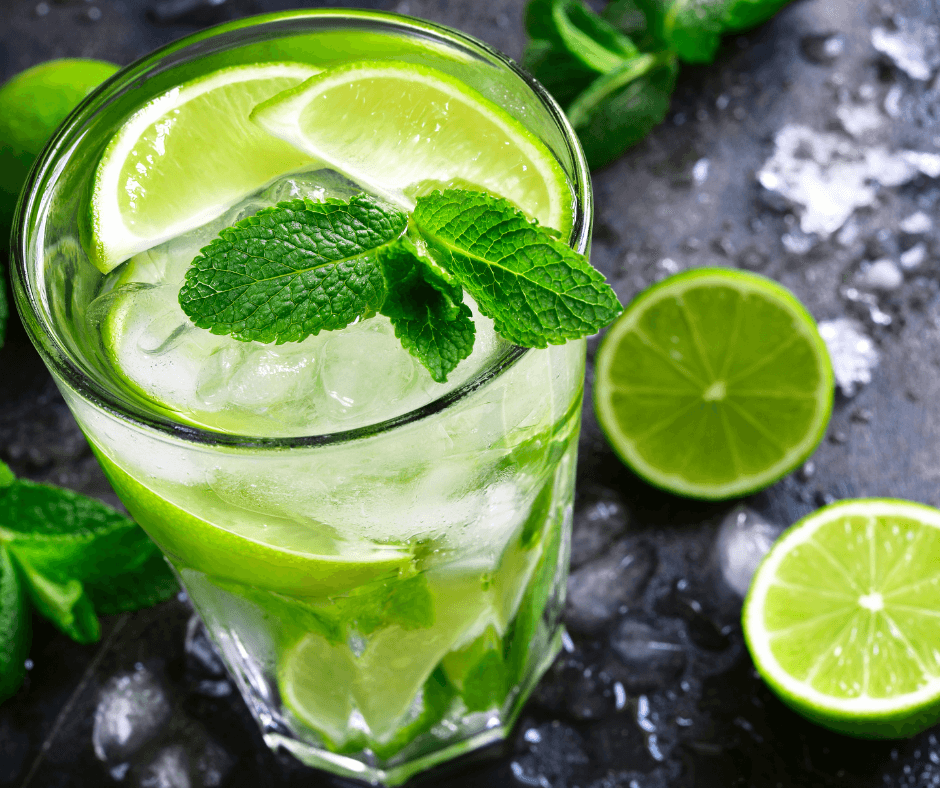
There are many origin stories associated with the mojito (click here for the traditional Havana-style recipe), but one thing is clear–it was popularized by novelist Ernest Hemingway, who first enjoyed it in the 1950s at a favorite Havana bar. The cocktail’s fame spread, and by 2002, even super-spy James Bond tossed one back in the film Die Another Day.
A classic mojito embodies the flavor of the Caribbean in a fizzy mix of white rum, lime juice, mint, sugar, and club soda or sparkling water. Ice cubes keep the drink cold. Nonalcoholic versions omit the rum.
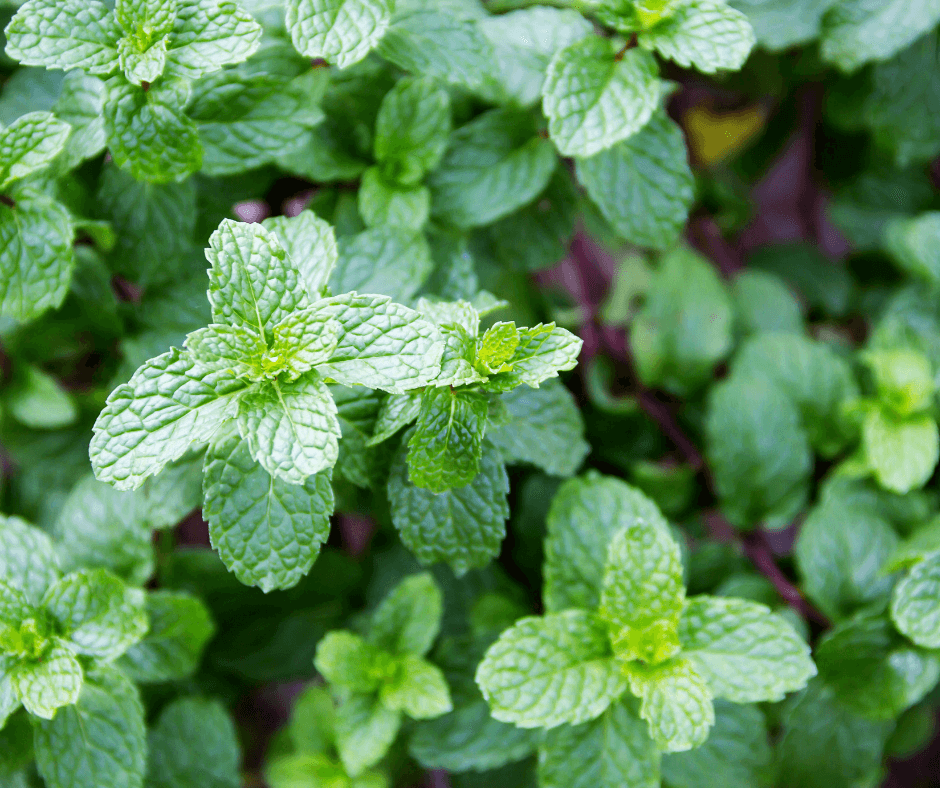
Until early in the 21st century, mixologists looking for mint to flavor mojitos often used spearmint (Mentha spicata), which has a familiar, piquant mint flavor. Some drink makers also used peppermint (Mentha x piperita), but the mint flavor in peppermint leaves is much stronger and spicier than that of spearmint.
Around 2006, Cuban mint (Mentha x villosa), native to the island, began making appearances in the United States, and bartenders started using this “original” mojito mint in the rum drinks. Since that time, Cuban mint has become more readily available, especially for those who are willing to grow their own.
Mint connoisseurs say that Cuban mint has a somewhat milder flavor than spearmint, along with citrus notes that marry well with the lime juice in the cocktail.
Jubilant Mint Juleps
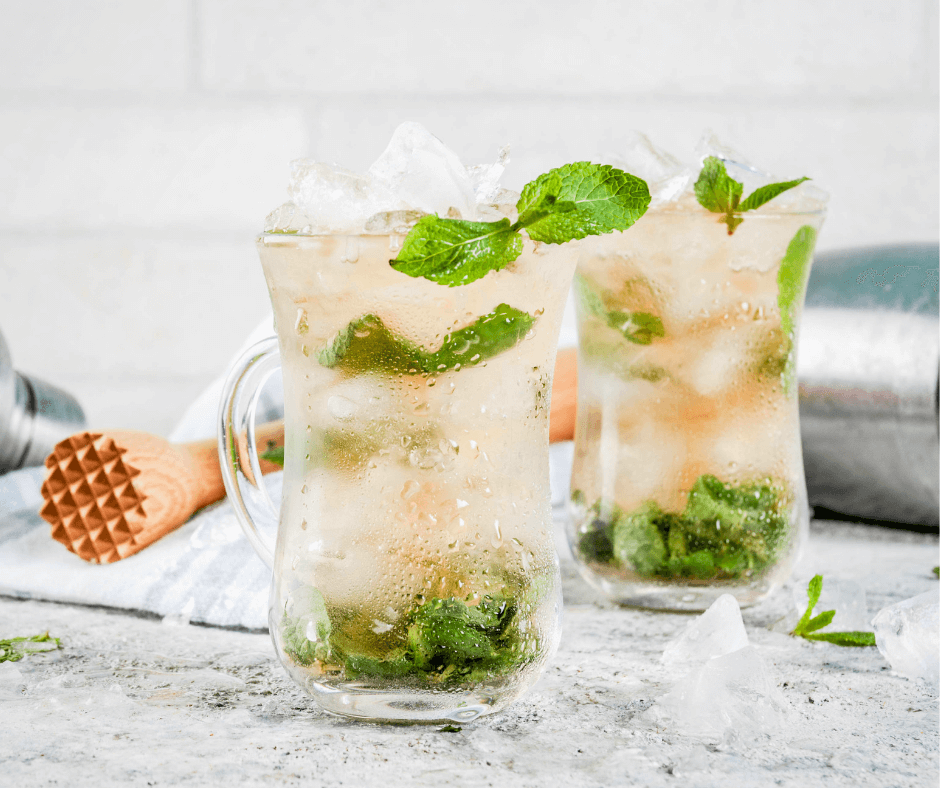
The mint julep (click here for the traditional recipe from the Kentucky Derby) comes with its own collection of romantic and/or evocative stories, featuring a cast of larger-than-life characters ranging from Andrew Jackson to Teddy Roosevelt, William Faulkner, and Ernest Hemingway (a prodigious cocktail consumer). The drink, traditionally served in a frosty silver or pewter cup, is a popular hot-weather tipple all over the South (and elsewhere) but is most often associated with the Kentucky Derby. It has been the official cocktail of the Derby since 1983, and hundreds of thousands of them have been served to racegoers ever since.
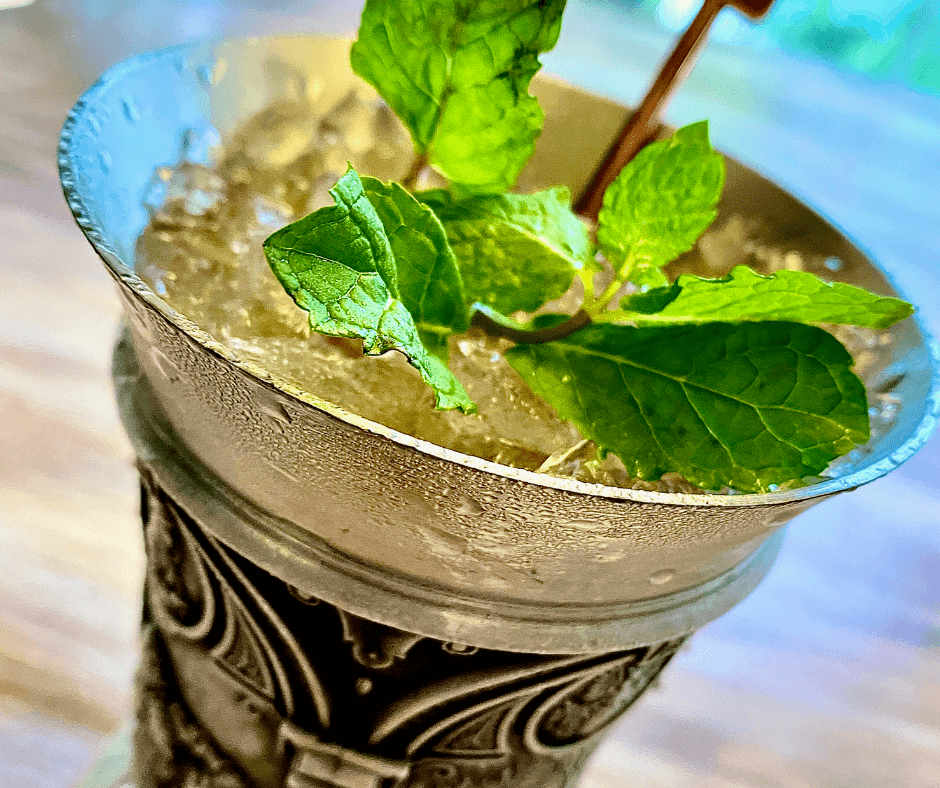
Juleps are traditionally made with bourbon, mint, sugar, and lots of shaved or crushed ice. Julep aficionados might argue that quality bourbon is the most important component, but the mint also plays a defining role. In many recipes, the instructions simply refer to “mint leaves”, without reference to specific types. Overall, the most common mint for juleps is spearmint, which harmonizes nicely with both the sugar and the bourbon.
In a bow to tradition and the Derby, one variety of spearmint, with especially large leaves, was named ‘Kentucky Colonel’, however, any spearmint will work well in the drink.
Other Mint Options
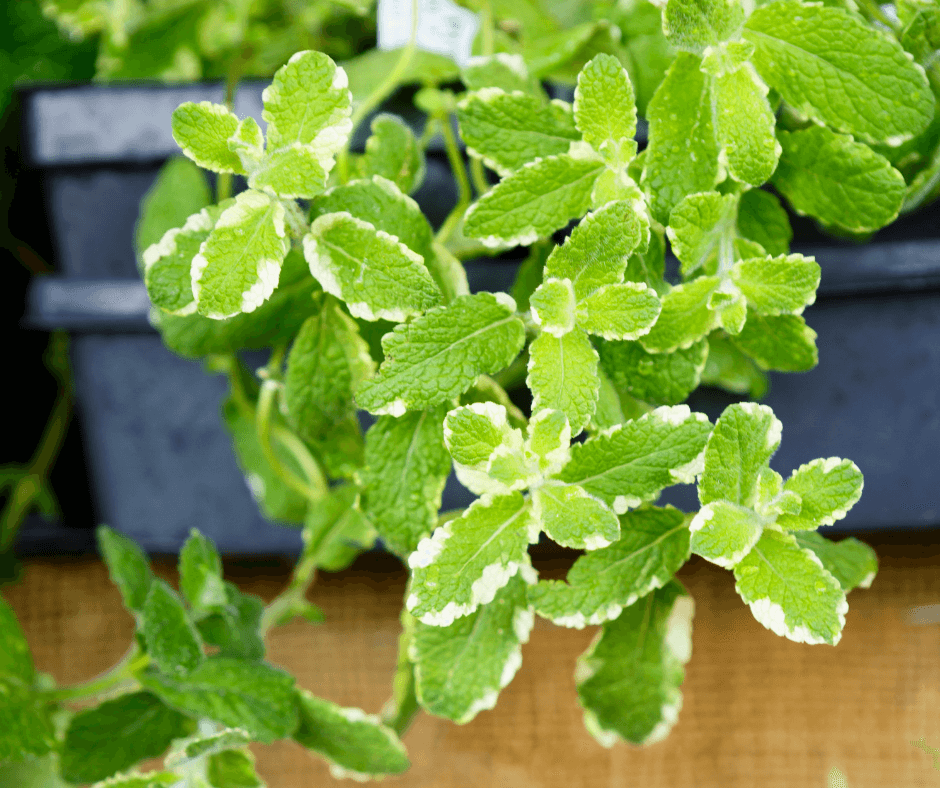
Cocktail purists might frown, but you can enhance the flavors of mojitos and juleps with other mints, according to personal taste. Mojitos, with their lime flavor components, might include lime-scented peppermint (Mentha x piperata f. citrata ‘Lime’). While a challenge to hallowed tradition might just be enough to scare the horses at Churchill Downs, julep lovers who like the combination of mint and chocolate can flavor their drinks with chocolate mint (Mentha x piperata ‘Chocolate’). It is pretty and tastes sensational. The chocolate flavor is mild but discernible. The pretty variegated pineapple mint (Mentha suaveolens ‘Variegata’) is another sweet variety to try for a fruity twist.
Grow Your Own Cocktail Mixers
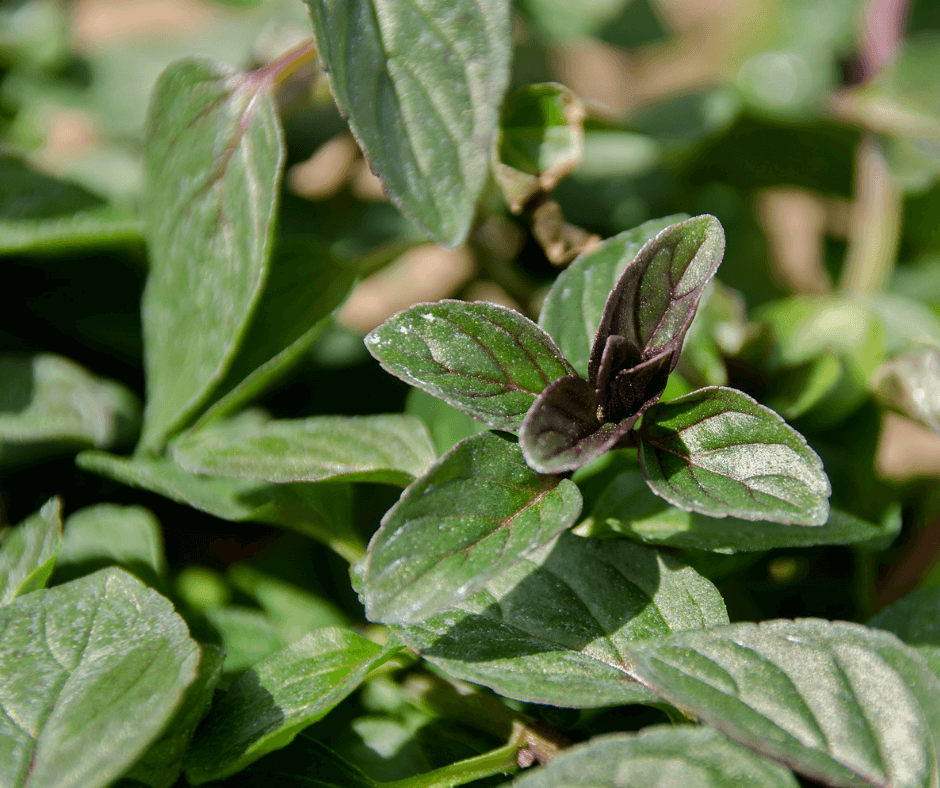
Whether you are making mojitos or juleps, mint is extremely easy to grow. Start from seed, young nursery plants, or cuttings from an established plant. Cuttings from mint family members, including spearmint and Cuban mint, will root quickly in a glass of water and can then be transplanted to soil-filled containers.
Mint’s vigor may also be its greatest liability in garden situations. In rich, moist soil mint spreads rapidly and may take over increasingly large areas in beds and borders. To keep the plants within bounds, grow them in containers filled with a good potting medium, like Fafard Natural and Organic Potting Mix. You can sink the containers in the ground, or simply keep them near the kitchen door for those times when you want to make mojitos, juleps, or other minty specialties.

Harvest mint leaves regularly, as this keeps mints compact and full. Aim to harvest before the plants flower, as flowering tends to make the mature leaves somewhat bitter. If you can’t use those leaves right away, preserve them by air drying or freezing. Homegrown, preserved mint almost always tastes better than the dried product available on store shelves.
Mints die back to the ground in cold climates but return in spring and also self-seed readily. You can also bring potted specimens indoors, and overwinter them on sunny windowsills. Take cuttings from those plants in spring and root them, ensuring that you will have a supply of healthy young specimens for the growing season.

